
When it comes to optimizing your space and keeping your drinks or snacks cold, both built-in (also called undercounter) and free-standing mini fridges have their merits. And if you’re looking to add a mini fridge to your home, the decision between the two is not as straightforward as it may seem. Understanding the differences between the two types will help you decide which mini fridge suits your needs best. Here are a few things to keep in mind when planning your space.
Venting considerations for optimal performance
One aspect that often gets overlooked when choosing between an undercounter and a free-standing mini fridge is the venting system. Each type of fridge has its own venting requirements that can significantly impact its performance and lifespan.
Undercounter mini fridges are specifically designed for built-in settings, which means their venting systems are optimized for confined spaces. These models usually vent from the front, allowing them to function efficiently without overheating even when surrounded by cabinetry. Because they are made for such environments, undercounter fridges typically offer long-lasting performance when installed correctly.
Free-standing mini fridges, on the other hand, are designed to stand alone with adequate space for ventilation. Most free-standing models have vents located at the back or sides, meaning they require ample airflow around them to operate efficiently. If you place a free-standing mini fridge in a confined space like a cabinet without proper ventilation, there’s a high likelihood that it will overheat. This not only reduces cooling efficiency but could also lead to a shorter lifespan for the appliance and potential warranty issues.
In a nutshell, while it might be tempting to slide a free-standing mini fridge into a cabinet or enclose it in a confined area, doing so without adequate ventilation could lead to operational issues. If you’re considering a built-in look but prefer the price point of a free-standing model, it’s crucial to ensure proper airflow to maintain its efficiency and longevity.
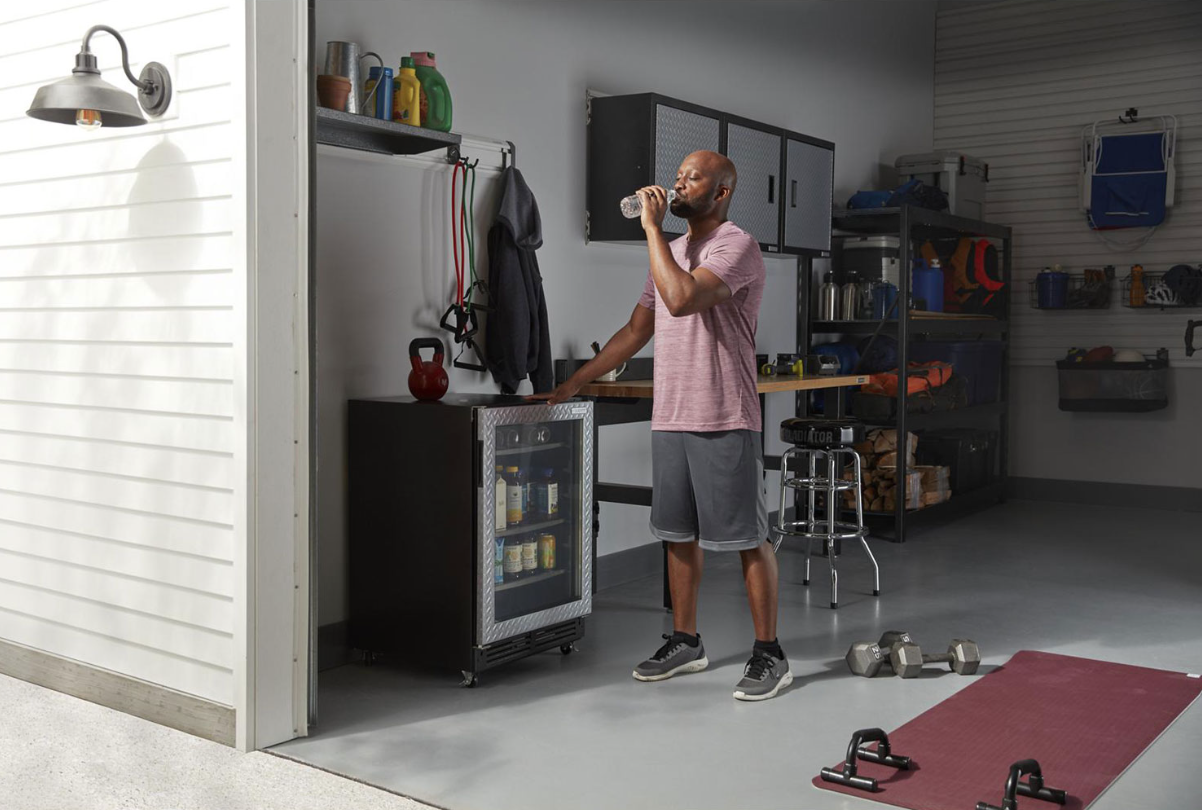
Space utilization and fit
Another major consideration in choosing between an undercounter and a free-standing mini fridge is how you plan to use the space in your kitchen, office, or bar area. Undercounter mini fridges are designed to fit seamlessly under countertops, making them a popular choice for those who are space-conscious. They offer the advantage of integrated design, meaning they can be built into cabinetry for a more cohesive look.
On the other hand, free-standing mini fridges are versatile in that they can be placed anywhere there’s a power source. However, they are not designed to be built into a confined space, unlike undercounter models.
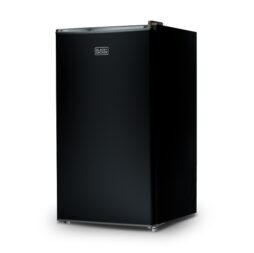
Undercounter mini fridge dimensions
The dimensions are an important factor when considering an undercounter fridge. Unlike their free-standing counterparts, undercounter fridges require accurate measurements to ensure they fit snugly under your countertop. Measure the height, width, and depth of the space where you intend to place the fridge to avoid any fitting issues later on.
Cooling efficiency
Cooling efficiency may vary between undercounter and free-standing models, but both generally offer a range of settings for optimal temperature control. Undercounter models are often optimized for consistency due to their integrated design, which allows for more efficient airflow. Free-standing models are usually well-insulated but may experience slight temperature fluctuations depending on where they are placed in a room.
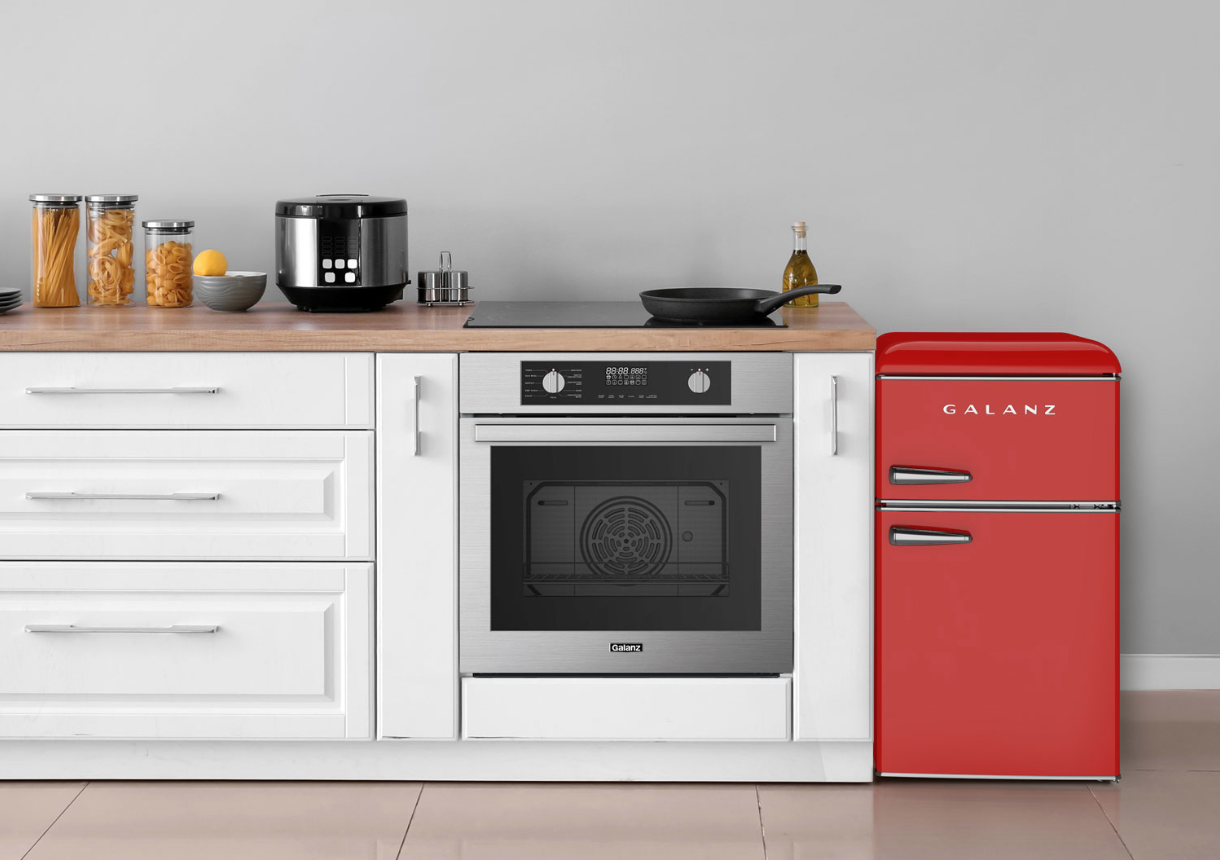
Aesthetic considerations
An undercounter refrigerator often blends in better with the surroundings, especially in a kitchen or bar setting. They are commonly available in finishes that match other kitchen appliances, offering a sleek and modern look.
Free-standing mini fridges, including some unique retro mini fridge designs, are available in a wider variety of styles and colours. These fridges can serve as a focal point in a room and offer more flexibility in terms of aesthetic choices.
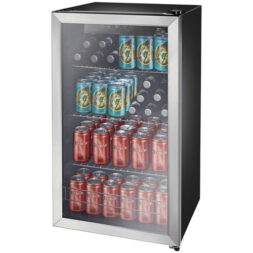
Versatility and purpose
Bar fridges are usually free-standing and are great for keeping drinks cold. They can easily be moved from room to room, or even be taken to different locations altogether. If you’re looking for something to serve as a mini bar fridge or small bar fridge, a free-standing option may suit your needs better.
Undercounter fridges, however, are typically used in settings where the fridge needs to be a permanent fixture. Their built-in nature means you won’t have the flexibility to easily move them around.
Cost implications
Undercounter models are generally more expensive due to their specialized dimensions and built-in features. Free-standing models are usually more budget-friendly, making them an ideal choice for those who aren’t looking to make a large financial investment.
Installation
Undercounter mini fridges require professional installation to ensure they are properly ventilated and fit into the allocated space. This can add to the overall cost. Free-standing models are simpler to install and can be a plug-and-play option if you’re looking for convenience.
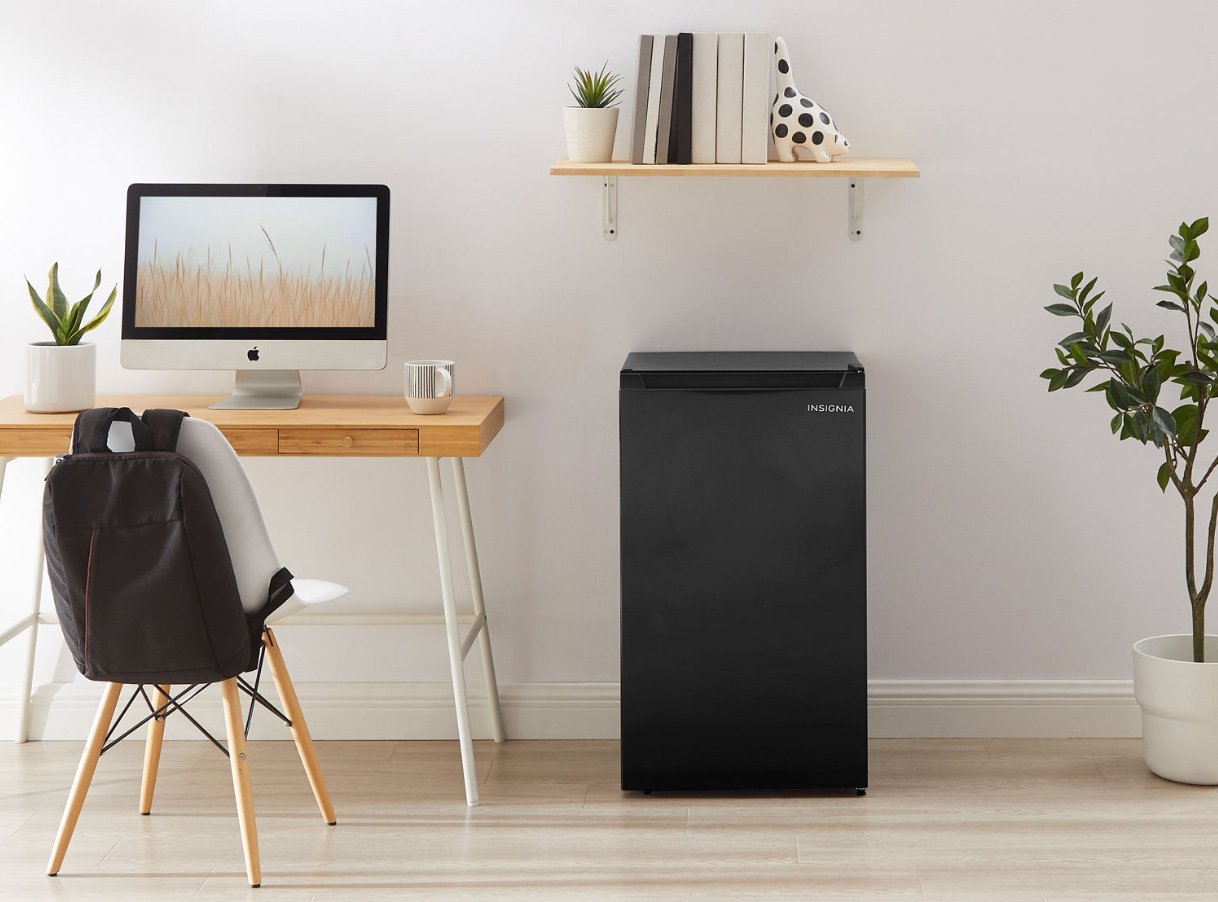
Which is right for your needs?
Ultimately, the choice between an undercounter and free-standing mini fridge depends on your specific needs, space, and budget. If you’re looking for a more integrated, permanent solution, an undercounter mini fridge could be the right choice. However, if you want a more flexible and portable option, a free-standing mini fridge may better serve your needs.
No matter what you choose, always consider factors like dimensions, cooling efficiency, aesthetics, versatility, cost, and installation. By keeping these considerations in mind, you’ll be better equipped to make an informed decision.
This article was drafted using AI technology and then reviewed, fact-checked, and revised by a member of our editorial team.





